Teaching great piano lessons requires a well thought out plan. You can develop your plan by considering your own strengths and determining what your unique angle will be. Once you have nailed down what you hope to accomplish in your lessons, you can then develop a teaching plan.
In this article I’ll give you some tips to help you identify what your own strengths and goals will be, and then I’ll share with you some tidbits on how I’ve structured my piano lessons.
Consider your strengths and goals
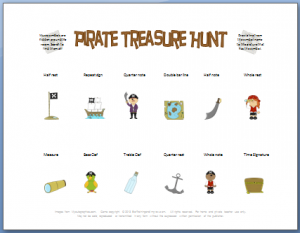
Now take a moment to visualize what you hope to accomplish with your students. Do you think you will work mostly with beginners or do you feel confident in taking students clear up to an advanced level? Do you prefer working with children or adults? Will you use piano games to make your lessons fun? Will you teach solely from a method book or will you incorporate popular sheet music? Do you want your students to learn how to improvise or compose their own songs?
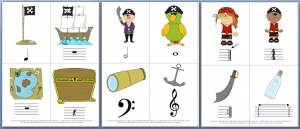
Develop a lesson plan
I’ve found that students thrive when they know what to expect at each lesson. Identify which things you hope to accomplish and determine in what order you’ll progress through each lesson element. Having a set order will also help you be more efficient with precious lesson time.
Know which method books you’d like to use. There are many good method book series out there and they each have their strengths. Read reviews to learn which books emphasize the concepts that are most important to you and will best help you achieve your goals. You’re also welcome to email me and I’d be happy to share with you which method books I like to use.
Set a schedule and a pricing structure
Before you take on your first client, decide which days and times you’d like to offer lessons. If you have a family, be sure to take their needs into consideration. Also put a cap on how many students you’d like to take on. I know one teacher who taught until 8:30 pm every night. She had a huge income, but was so busy that she was miserable. You want to be able to enjoy working with your students, so be sure to plan out your lessons so that teaching becomes an enriching part of your life without taking over your life.
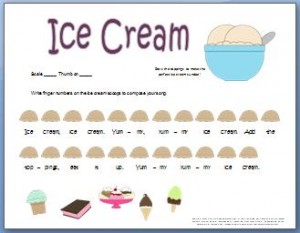
Get students
By far the most effective way to get students is through word of mouth. Once you have your studio started, your students who love you will spread the word for you. When you’re just getting started, you can begin by telling everyone that you’re going to begin offering piano lessons. Tell your neighbors and post it to your Facebook page. Ask your friends to help you spread the word.
Word of mouth is great because not only is it super effective, it’s also free. Another free and effective approach is to contact your local music store and give them your contact information. Many music stores keep a list of local music teachers. Some stores will even let you hang an advertisement in their store.
There are many other approaches to acquiring new students, and some of them are more effective then others. If you want to get really aggressive, you can even advertise. One method that does not usually work well is handing out flyers. You’ll spend lots of time and even some money to get those out, but in typical cases they don’t yield a high number of new clients. When you focus your efforts on the most effective means, you’ll spend the least amount of time and money and get the most new students for your piano studio.
I’ve learned through experience which methods tend to be most effective and would be happy to share with you what I’ve learned. Send me an email if you’d like help on quickly filling your studio.
Encourage practice
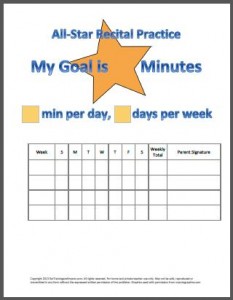
I’ll also sometimes do practice incentives in which kids get rewards for practicing. I’ll be posting some of these incentive programs to the site so watch for those.
It’s important that you give specific instructions for how you’d like the students to practice, and that you write down your guidelines. Young students need to learn how to practice effectively. If you just send them home with a page number, they may not know what to do. Instead you might write, “practice page 4 three times each day.” Even better would be to ask the student to practice the song by counting the rhythm out loud 3x and then saying the note names out loud 3x.
How I structure my lessons
I begin every lesson by going over scales and chords. Scales are tremendously important because they help kids understand how to play in key, develop finger dexterity, and cultivate a sense of tonality. When kids know their scales and chords, they’re able to create their own music and really enjoy themselves at the piano. Sometimes learning scales can be drudgery for students, so I’ve developed a fun method called Piano Magic. It’s now in ebook form and can be purchased through this website.
Next we work out of the student’s method book. Kids pass off the songs they’ve been practicing during the week and we go over any trouble spots as needed. I then introduce new songs from their books and teach the new concepts and we practice the rhythm and go over any portions that I think need extra attention.
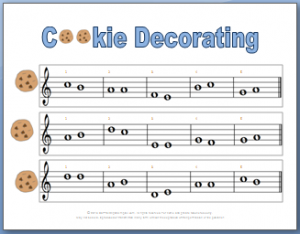
I’ve uploaded many of my piano teaching resources to this site. If you’d like to incorporate fun activities into your lessons, you’re welcome to check out these materials by clicking on the links below.
Music Theory Worksheets
Piano Improv Video Tutorials
Piano Composition Worksheets
Music Theory Games
Beginner Ear Training Games
How to Teach Students to Play by Ear
These games are such “sound” ideas! I already do a monthly group lesson (called the B# Club) where they each announce their pieces, play, and bow. This gets them ready for the recitals. I then do theory games like the ones you’ve been so graciously sharing. However, I haven’t been doing enough games during the private lesson. How do I get the Piano Magic chord and scale games that you mentioned in the video? Thanks very much. Dorrie